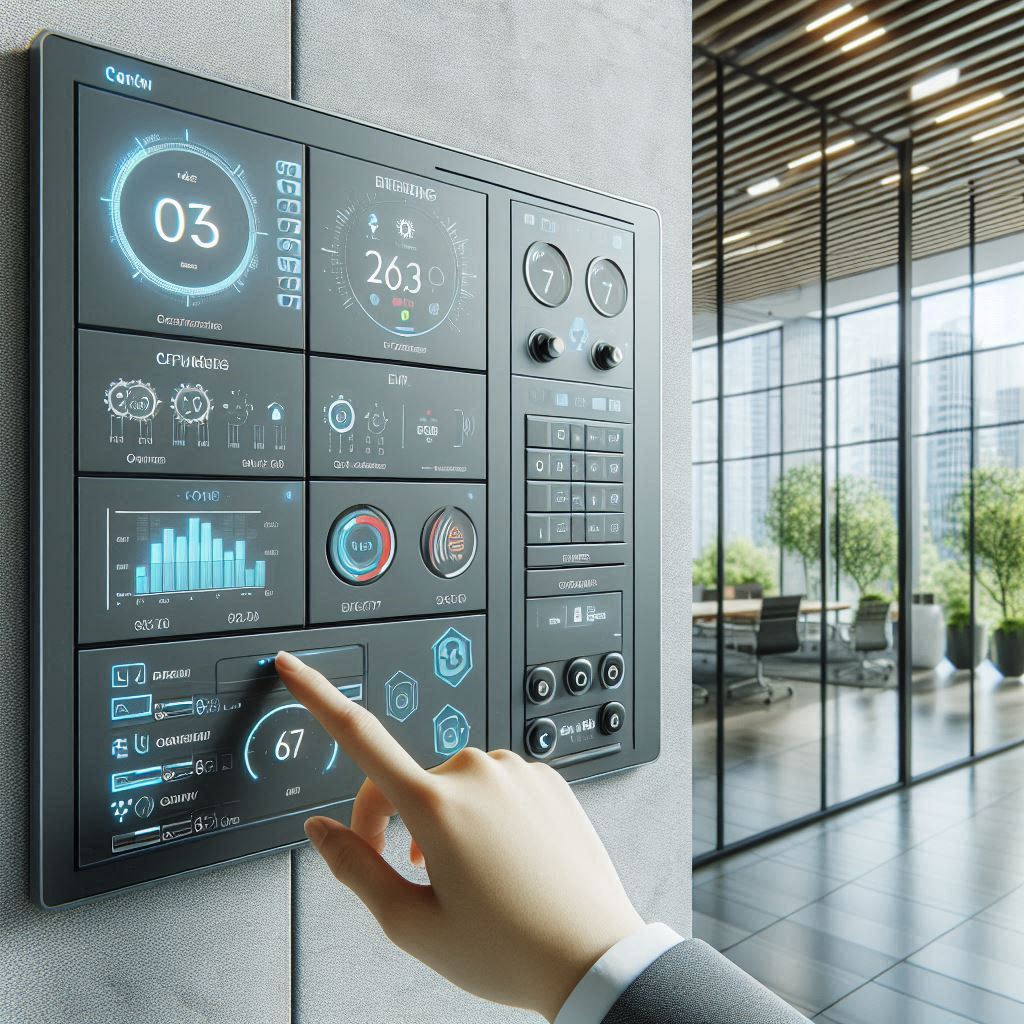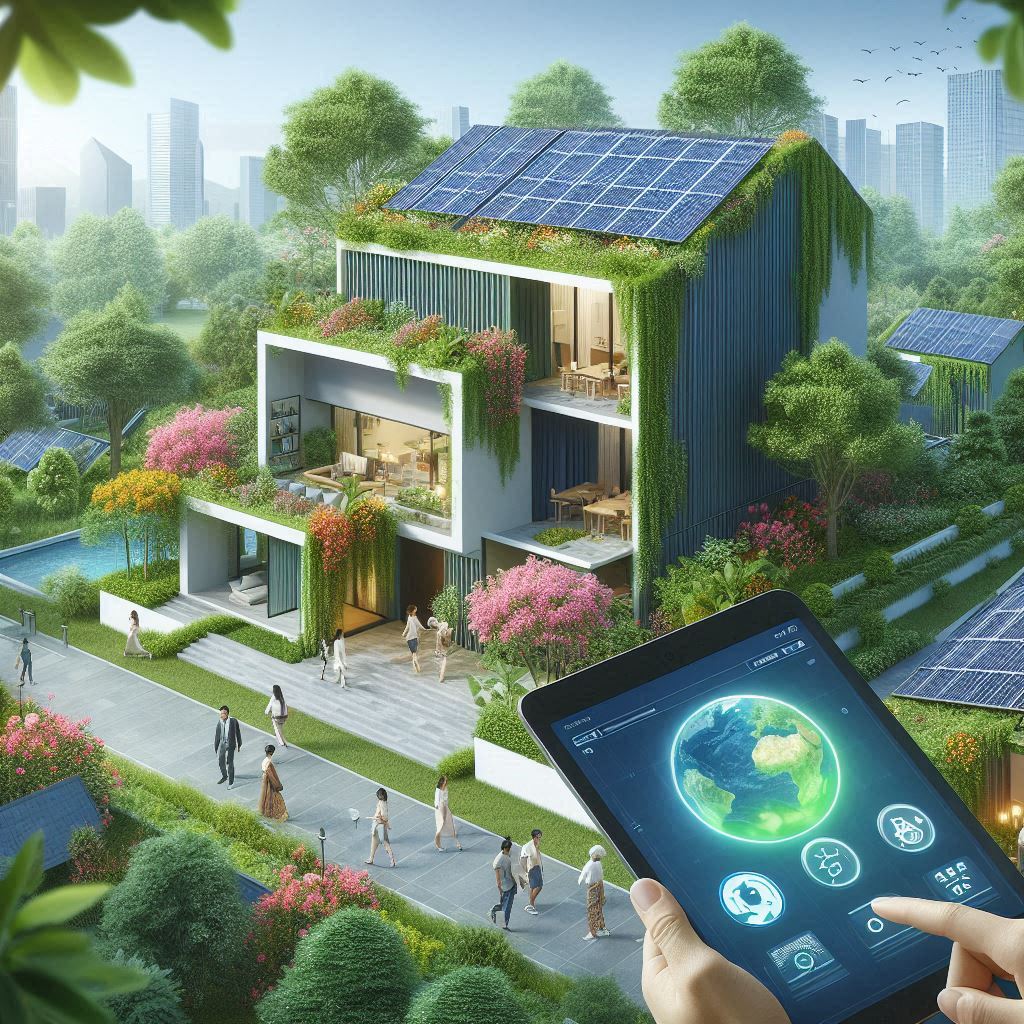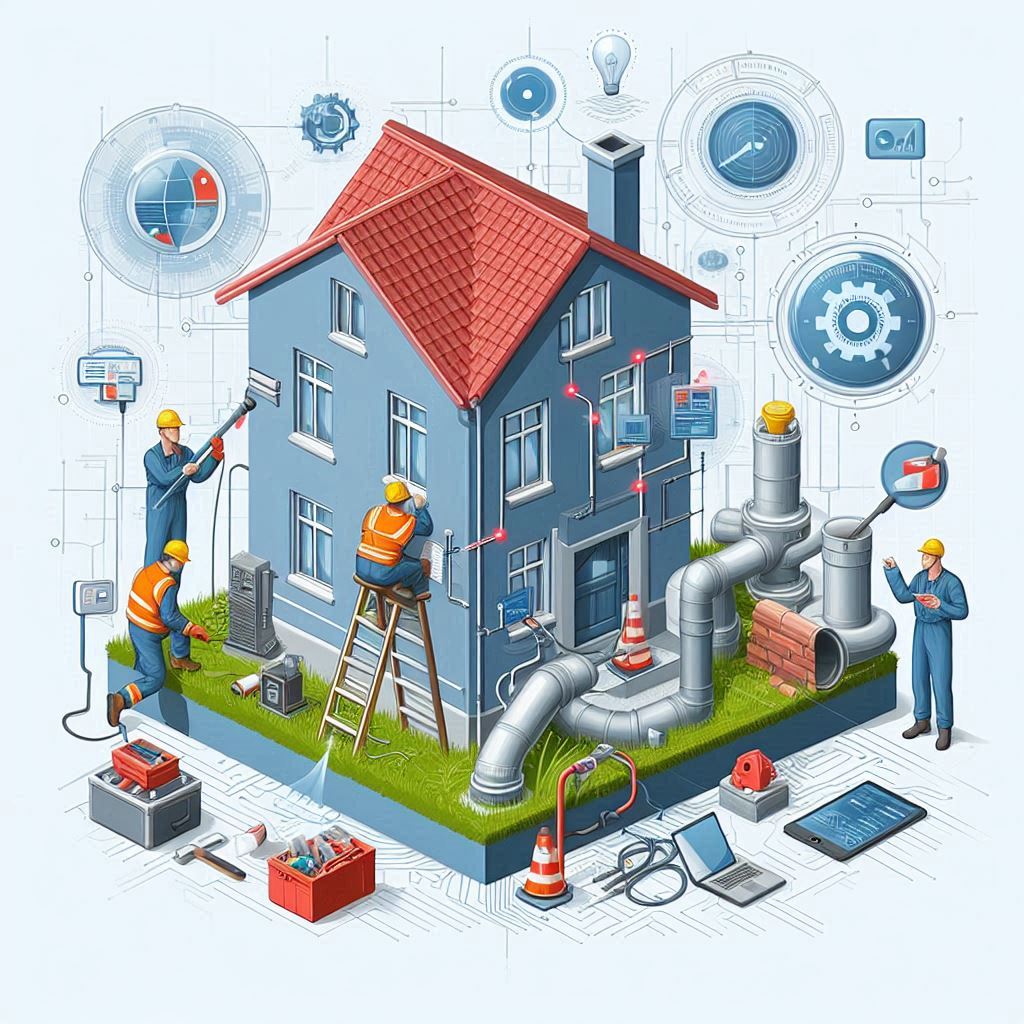A Building Management System (BMS), also known as a Building Automation System (BAS), is an integrated solution that manages and monitors the critical systems and operations within a building or facility. This includes HVAC (Heating, Ventilation, and Air Conditioning), lighting, security, energy management, and other environmental controls. BMS solutions help improve the operational efficiency of a building, reduce energy consumption, enhance occupant comfort, and ensure safety and compliance with regulations.
Here’s an overview of Building Management System (BMS) solutions provided by IT services companies:
Key Features of Building Management System (BMS)

HVAC Control
The HVAC system plays a crucial role in maintaining a comfortable indoor environment by regulating temperature, humidity, and air quality. A BMS can optimize HVAC performance to ensure energy efficiency and comfort.
Key Features:
- Real-time monitoring of HVAC systems for temperature, humidity, and air quality
- Automated control of heating and cooling systems based on occupancy, time of day, and environmental conditions
- Energy-efficient scheduling of HVAC operations
- Remote access for monitoring and adjusting settings

Lighting Control
BMS enables centralized control of building lighting, which can be adjusted based on occupancy, daylight availability, and time of day, improving energy efficiency and comfort.
Key Features:
- Automated dimming and on/off control based on occupancy and daylight sensors
- Scheduled lighting for different areas (e.g., office spaces, hallways, conference rooms)
- Integration with smart lighting systems for energy savings
- Emergency lighting management and testing for compliance

Energy Management
One of the key functions of a BMS is to track and optimize energy usage within the building, ensuring that all systems operate efficiently and cost-effectively.
Key Features:
- Real-time energy consumption monitoring for electricity, water, and gas
- Energy usage reports for different building zones and systems
- Integration with renewable energy sources (e.g., solar panels)
- Optimization of energy-consuming systems (e.g., HVAC, lighting) to reduce waste and lower utility costs
- Demand response programs for reducing energy load during peak hours

Security and Access Control
BMS integrates with security systems to provide a unified platform for managing building access and monitoring safety.
Key Features:
- Integration with access control systems (card readers, biometric scanners) for secure entry to sensitive areas
- Video surveillance (CCTV) integration for real-time monitoring and recording
- Intrusion detection and alarm systems for unauthorized access
- Emergency response protocols, such as lockdowns or evacuation alerts

Fire and Life Safety
A BMS can be integrated with fire alarm systems and other life safety equipment to monitor, detect, and respond to emergencies.
Key Features:
- Fire alarm system integration for early detection and alerting
- Smoke and gas leak detection
- Emergency lighting and exit signs control
- Automated fire suppression system activation (e.g., sprinklers)
- Integration with emergency response systems for real-time incident management

Building Performance and Environmental Monitoring
Environmental monitoring sensors can track indoor air quality, temperature, humidity, and other environmental factors that contribute to occupant comfort and safety.
Key Features:
- Monitoring and controlling CO2 levels, temperature, humidity, and particulate matter
- Integration with smart sensors for enhanced occupant comfort
- Real-time data analytics for identifying patterns and areas of improvement
- Environmental alerts to warn of issues such as overheating or high pollutant levels

Fault Detection and Diagnostics
A BMS can automatically detect faults in building systems and provide diagnostics to help identify and resolve issues proactively.
Key Features:
- Continuous monitoring of critical systems like HVAC, lighting, and power
- Automated fault detection and notification of malfunctions or inefficiencies
- Remote troubleshooting capabilities for maintenance teams
- Data logging and analytics to improve system reliability
Benefits of Building Management System (BMS)
Improved Energy Efficiency
- BMS solutions help optimize energy usage by automatically controlling lighting, heating, and cooling systems, leading to significant energy savings and reduced utility costs.
- By analyzing real-time energy data, building managers can identify inefficiencies and take corrective actions to improve energy performance.
Enhanced Occupant Comfort
- BMS ensures that building environments are comfortable for occupants by controlling temperature, humidity, and lighting based on real-time data and occupancy patterns.
- Intelligent control of HVAC and lighting based on occupancy helps create a more comfortable working or living environment, while also reducing energy waste.
Cost Savings
- Automation and optimization of building systems lead to lower operational costs. BMS can extend the lifespan of HVAC systems, lighting, and other equipment by reducing unnecessary wear and tear.
- Predictive maintenance capabilities help identify potential issues before they become costly problems, reducing downtime and emergency repairs.
Centralized Control and Monitoring
- BMS provides a centralized interface for monitoring and controlling all critical building systems, offering greater visibility into operations. This allows building managers to manage all systems from a single location, improving efficiency and response times.
- Remote access to BMS via smartphones, tablets, or desktop interfaces enables monitoring from anywhere.
Sustainability and Environmental Compliance
- BMS helps buildings meet sustainability goals by reducing energy consumption and waste. With energy management features, buildings can comply with environmental regulations and certifications, such as LEED (Leadership in Energy and Environmental Design).
- Real-time monitoring of environmental conditions ensures that indoor air quality and other factors are maintained within healthy limits.
Predictive Maintenance
- BMS solutions can incorporate predictive analytics, allowing facilities managers to proactively maintain and service building systems before they break down.
- By analyzing historical data and performance patterns, BMS can predict when systems will require maintenance or repairs, reducing unexpected downtime and extending the life of equipment.
Conclusion
Building Management Systems (BMS) are critical for managing the diverse and complex systems within modern buildings. These systems improve energy efficiency, enhance occupant comfort, reduce operational costs, and ensure the safety and security of the building. With advancements in IoT, AI, and cloud computing, BMS solutions are becoming even more intelligent, scalable, and capable of optimizing the overall building performance.
By adopting a comprehensive BMS, organizations can create sustainable, efficient, and secure environments that support their operational needs while contributing to overall cost savings and regulatory compliance. Whether you are managing a commercial building, industrial facility, or residential complex, a well-designed BMS can provide significant operational benefits and long-term value.